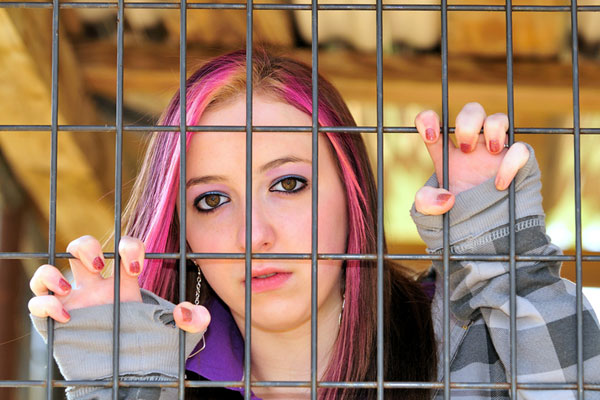- La Feria Community Holds Succesful Business Mixer Event
- Little Nashville to Take Place in Downtown Mercedes
- Lions Basketball Captures District Gold
- La Feria ISD Students Compete in Regional Chess Tournament
- Lions End First Half of 32-4A on a High Note
- La Feria ISD Held Another Successful Parent Conference
- Strong Appearance for Lions at Hidalgo Power Meet
- LFECHS Students Get to Meet Local Actress
- Students Participate in Marine Biology Camp
- Two LFECHS Students Qualify for All-State Band
Report: Texas, Other States Should Close Youth Prisons
- Updated: November 4, 2016

States pay on average about $90,000 a year for every youth in a juvenile facility. Photo: carroteater/iStockphoto
by Mark Richardson
AUSTIN, Texas – Children should not be kept behind bars, according to a new report that examines the ineffectiveness of youth prisons in Texas and other states.
The research from The Annie E. Casey Foundation pulls together evidence of the failings of youth correctional facilities and recommends they all be closed.
Foundation president and CEO Patrick McCarthy says youth prisons just don’t work, and states need to take a different approach.
“We’ve got to build a juvenile justice system that’s based on the very simple principle of developing young people’s capacity, giving them opportunity,” he states. “Holding them accountable, of course, is also very important, but doing it in a way that provides them a path to get back on track.”
McCarthy says young people are incarcerated for low-risk offenses and often don’t get the guidance and support they need to get back on track.
Texas, which still houses more than 800 youth behind bars, began reforming its juvenile justice system in 2009 after reports of physical and sexual abuse surfaced.
McCarthy says the state has made positive changes since then.
“Texas is another state that had very high numbers in their locked state facilities, and they’ve moved much more to a community based corrections system,” he points out.
McCarthy adds that there is an enormous financial toll for youth prisons. While costs vary, states pay on average about $90,000 a year for every youth in a juvenile facility.
“Alternatives to these youth prisons are much smaller, more home like, much more oriented to the appropriate developmental needs of young people, a heavy focus on education, on job training and in preparing them to be successful through the rest of their lives,” he states.
The report recommends a four R strategy: reduce the pipeline of youth into youth facilities; reform the corrections culture that wrongly assumes locking up young people improves safety; replace youth prisons with rehabilitative services; and reinvest in evidence-based solutions.


